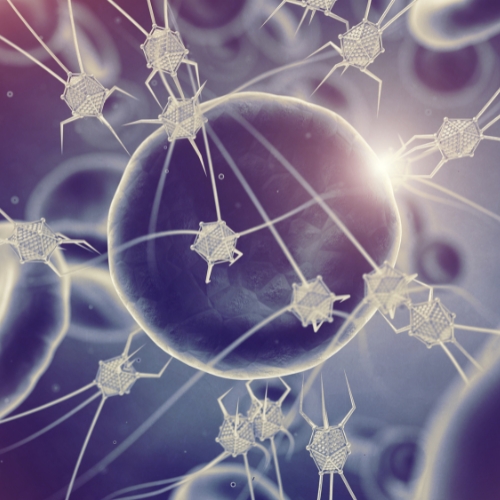Key points from article :
A team at Carnegie Mellon University has created a new class of “living robots” called AggreBots, described in a study led by Dhruv Bhattaram and published in Science Advances. These microscopic machines are built entirely from human lung stem-cell–derived tissues and powered by cilia—the tiny, hair-like structures that naturally propel fluids and microorganisms. Unlike traditional biobots that rely on engineered muscle fibres, these cilia-driven robots offer a promising new avenue for designing autonomous, biodegradable biological machines.
The breakthrough comes from a modular assembly technique developed in the Ren Lab, where researchers fuse together tissue spheroids to create custom shapes and movement patterns. By mixing functional and genetically altered spheroids—some with immotile cilia—the team can precisely control where active “propellers” are placed, much like deciding which oars are used on a rowboat. This enables directional control of CiliaBots for the first time, paving the way for engineered mobility tailored to specific tasks.
Because AggreBots are fully biological and can be made from a patient’s own cells, they hold exciting potential for medical applications. Future versions could navigate the body to deliver therapies, assist in clearing mucus, or help study diseases involving dysfunctional cilia, such as primary ciliary dyskinesia or cystic fibrosis. The researchers emphasise that reliable motility is crucial for any therapeutic use inside the body—and this platform provides a foundation for finely tuning how biobots move.
Overall, AggreBots mark a significant advance in biohybrid robotics, offering customizable design, natural biocompatibility, and new possibilities for personalised medicine, environmental sensing, and in-body therapeutic delivery.







